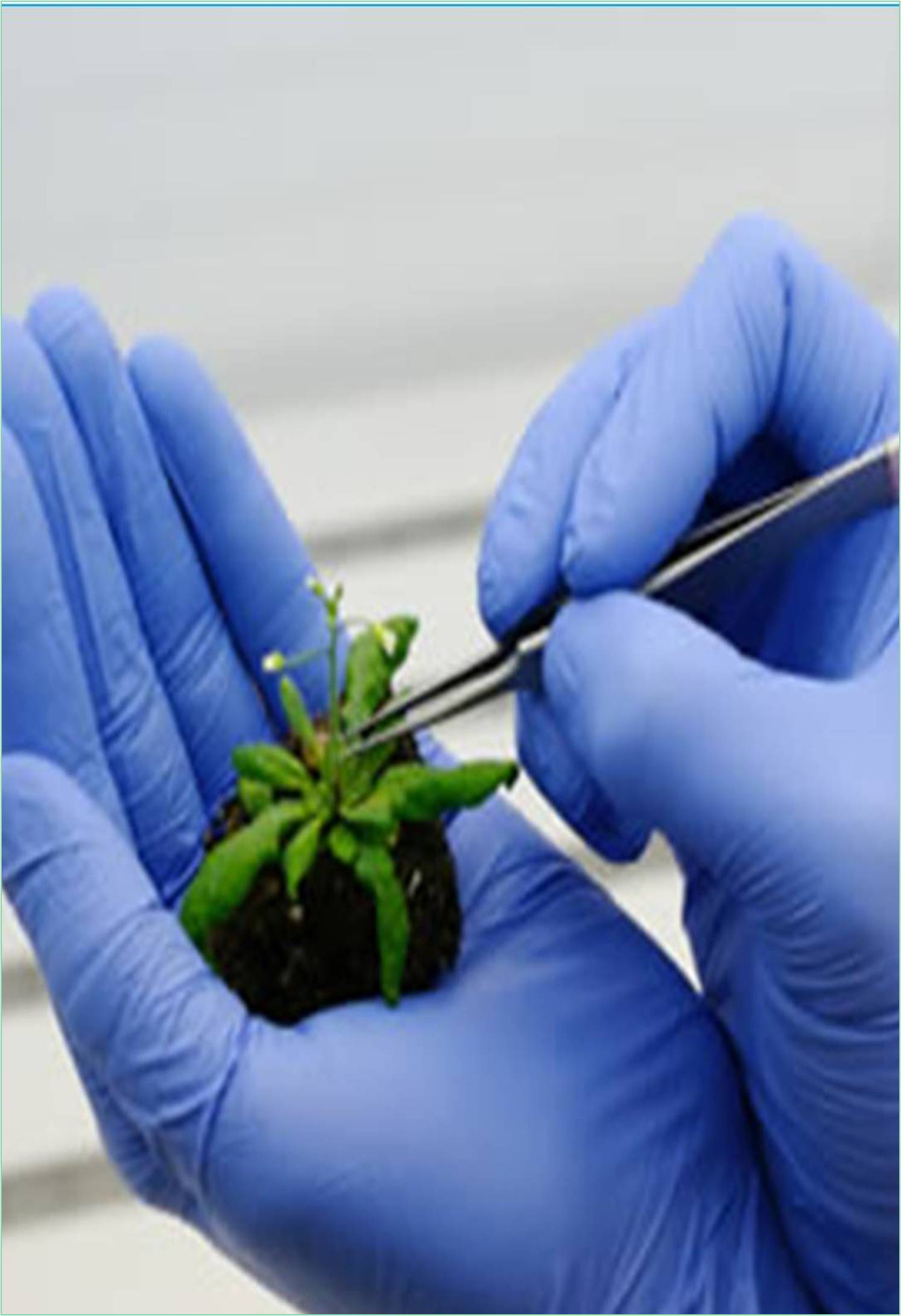



Received: 01-Jul-2022, Manuscript No. GJBB-22-74409; Editor assigned: 04-Jul-2022, Pre QC No. GJBB-22-74409 (PQ); Reviewed: 18-Jul-2022, QC No. GJBB-22-74409; Revised: 25-Jul-2022, Manuscript No. GJBB-22-74409 (R); Published: 02-Aug-2022, DOI: 10.15651/GJBB.22.10.039
Plant tissue culture was a new addition to plant breeding strategies that emerged around the 1950s. Because traditional breeding procedures were unable to meet crop demand, tissue culture emerged as a significant advancement in breeding processes. It uses plant parts to create many duplicates of the plant in a relatively short period of time. The technique takes advantage of plant cells totipotency, which means that any cell from any area of the plant can be used to make a brand new plant.
• Plant tissue culture is based on the ability of numerous plant cells to regenerate a whole plant (totipotency).
• When given the necessary nutrients and plant hormones, single cells, plant cells without cell walls (protoplasts), and sections of leaves, stems, or roots can often be used to grow a new plant on culture media.
• The controlled circumstances provide a growth and multiplication environment for the culture, including the right supply of nutrients, pH medium, suitable temperature, and proper gaseous and liquid environment.
• Plant tissue is prepared for tissue culture under aseptic conditions using HEPA-filtered air from a laminar flow cabinet.
• The tissue is grown in sterile containers such as Petri dishes or flasks in a controlled temperature and light intensity growing chamber.
• Because living plant materials in the environment are naturally contaminated with microorganisms on their surfaces (and sometimes interiors), their surfaces are sterilized in chemical solutions (usually alcohol and sodium or calcium hypochlorite) before suitable samples (known as explants) are collected.
• The sterile explants are then often placed on the surface of a sterile solid culture media, but they are occasionally placed straight into a sterile liquid medium, especially when cell suspension cultures are needed.
• Solid and liquid media are mostly made up of inorganic salts with a few organic minerals, vitamins, and plant hormones thrown in for good measure. Solid media are created by combining liquid media with a gelling agent, typically pure agar.
• The medium's composition, notably the plant hormones and nitrogen supply (nitrate versus ammonium salts or amino acids), has a significant impact on the shape of the tissues that grow from the original explant.
• An excess of auxin, for example, may frequently result in root proliferation, but an excess of cytokinin may result in shoot production.
• A balance of auxin and cytokinin will frequently result in an unstructured proliferation of cells or callus, but the form of the outgrowth will vary depending on the plant species and medium composition.
• As branches emerge from culture, they can be sliced off and rooted with auxin to generate plantlets, which can then be transferred to potting soil and grown as normal plants in the greenhouse.
• Plant tissue culture technique is becoming increasingly popular for large-scale plant multiplication. Aside from its utility as a research tool, plant tissue culture techniques have recently gained significant industrial importance in the areas of plant propagation, disease removal, plant enhancement, and secondary metabolite production.
• Explants are little bits of tissue that can be utilized to produce hundreds of thousands of plants in a continuous process. Under regulated conditions, a single explant can be reproduced into many thousand plants in a relatively short time and area, regardless of season or weather.
• Micro propagation has successfully developed and conserved endangered, threatened, and uncommon species due to the high coefficient of multiplication and low demands on the quantity of initial plants and space.